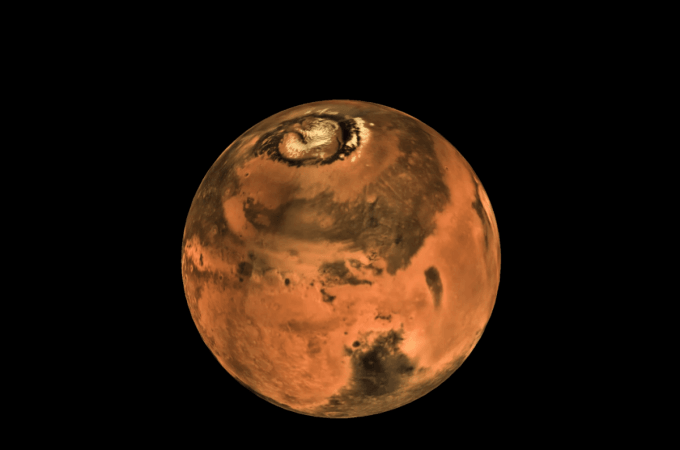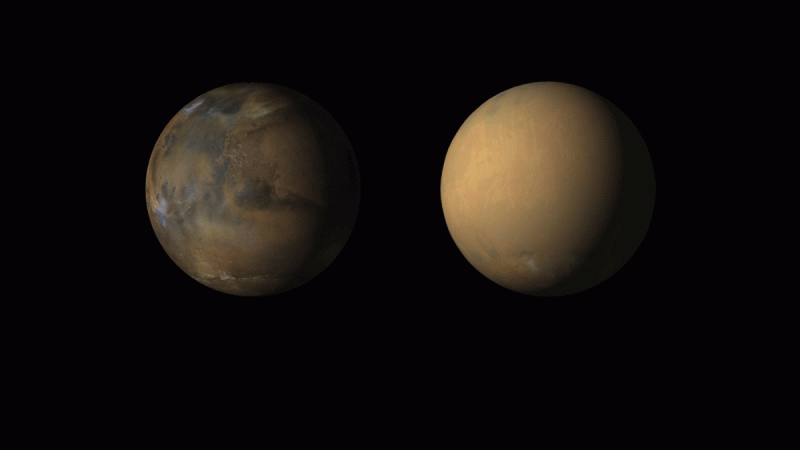It was around a few weeks that Dr Jim Green, a chief NASA scientist, predicted that alien life on Mars will be discovered on Mars within 2021. After making the prediction, Green also added that humans are not prepared to accept the reality behind extraterrestrial existence. Now, NASA has revealed that its upcoming 2020 Mars Rover mission will explore the Jezero Crater to look for ancient signs of life on the Red Planet.

It should be noted that the Jezero Crater which is almost 28-miles wide has sufficient deposits of minerals that are good at preserving microfossils here on Earth. Scientists believe that the Jezero Crater had apparently hosted a lake in the ancient past, and if alien life might have thrived there, this new mission could help to find ample micro-fossilized evidence. NASA scientists also revealed that exploring the Jezero Crater will begin in February 2021.
Marginal carbonates
"The possibility that the 'marginal carbonates' formed in the lake environment was one of the most exciting features that led us to our Jezero landing site. Carbonate chemistry on an ancient lakeshore is a fantastic recipe for preserving records of ancient life and climate. We're eager to get to the surface and discover how these carbonates formed," said Ken Williford, Mars 2020 Deputy Project Scientist of NASA's Jet Propulsion Laboratory in Pasadena, California, in a recent statement.

The Mars 2020 rover will be launched in July or August 2020 from Cape Canaveral, Florida. NASA's Mars 2020 is basically the part of a larger program that includes a manned lunar mission aimed to land humans on earth's natural satellite by 2024. This mission named NASA's Artemis lunar project aimed to build a human base on the moon which is widely considered as the first step to achieve the ultimate goal, Mars colonization.
A few months back, a study conducted by researchers led by Regina Dass, a researcher at the Molecular Fungal Genetics and Mycotoxicology Laboratory, Department of Microbiology, School of Life Sciences, Pondicherry, India had suggested that alien life form in its basic form might be living on Mars. Scientists who took part in this study made this conclusion after analyzing Martian images taken by NASA's Curiosity Rover. The research report revealed that they have spotted algae, lichens, and mushrooms in 15 Martian images captured by Curiosity Rover.









